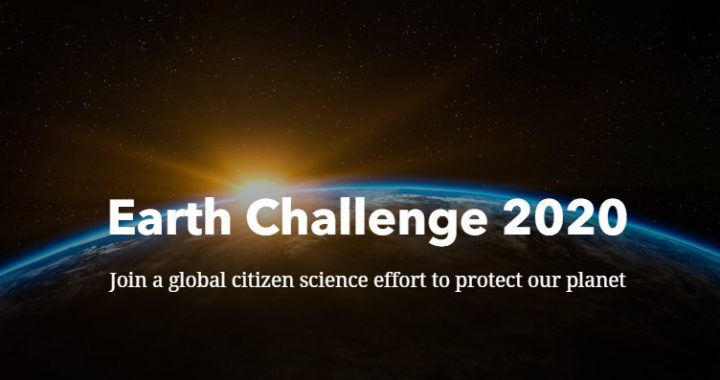
Today, on the 50th anniversary of Earth Day, the Group on Earth Observations (GEO) is proud to partner with the Earth Day Network and others to create Earth Challenge 2020 – the world’s largest coordinated citizen science campaign to date.
Earth Challenge has been launched with two projects that everyone can help address in their local communities using a free smartphone app. These include tracking Plastics Pollution and Air Quality monitoring. Entering your observations is done via photos uploaded and geotagged through the app. It is our hope that Earth Challenge 2020 will help engage millions of global citizens while integrating billions of data points from new and ongoing citizen science projects.
Download the app Now! https://earthchallenge2020.earthday.org/
Earth Challenge 2020 aims to increase the amount of open and interoperable citizen science data to help answer more complex, global questions than any dataset could address alone. Through a public call to action, the Earth Challenge mobile application empowers volunteer and equips people around the world to understand and act on the data collected to build safer, healthier communities.
More about the Citizen Science Projects:
The Plastics Pollution widget allows everyone to “report plastic” in their community. Users photograph plastic trash that they find outside and these photos will be used as training data for a computer vision algorithm that can identify plastic pollution from image data. Through “Train AI,” users will classify these photos to support training, and help identify what types of plastics are found in different cities, states, countries, and regions.
Using the Air Quality widget is as simple as calibrating a camera and taking a photograph of the skyline or horizon. Participants also provide a self-assessment of how they experience the air quality. Pictures from the app and reference grade data will help to train a computer vision algorithm to identify a broad PM 2.5 categorization from image data.
The Science behind Earth Challenge 2020:
Earth Challenge 2020 is guided by six research areas designed with support from partners in the citizen science community from questions asked by people around the world. Visit the website here to learn more about our process, our partners, and how to access our data. Using the data collected, Earth Challenge will create a new data platform, the Citizen Science Cloud, to help people find and access interoperable data with APIs.
Targeting future dates like World Environment Day, additional widgets on topics that will become easier to undertake will become available as the world recovers from COVID-19. For example, later this year, Earth Day Network will be using a Cleanup widget for the Great Global Cleanup. By using the app during the cleanup, volunteers will simultaneously collect data contributing to country level UN Sustainable Development Goal 14 Life Under Water (SDG 14.1.1.b).


